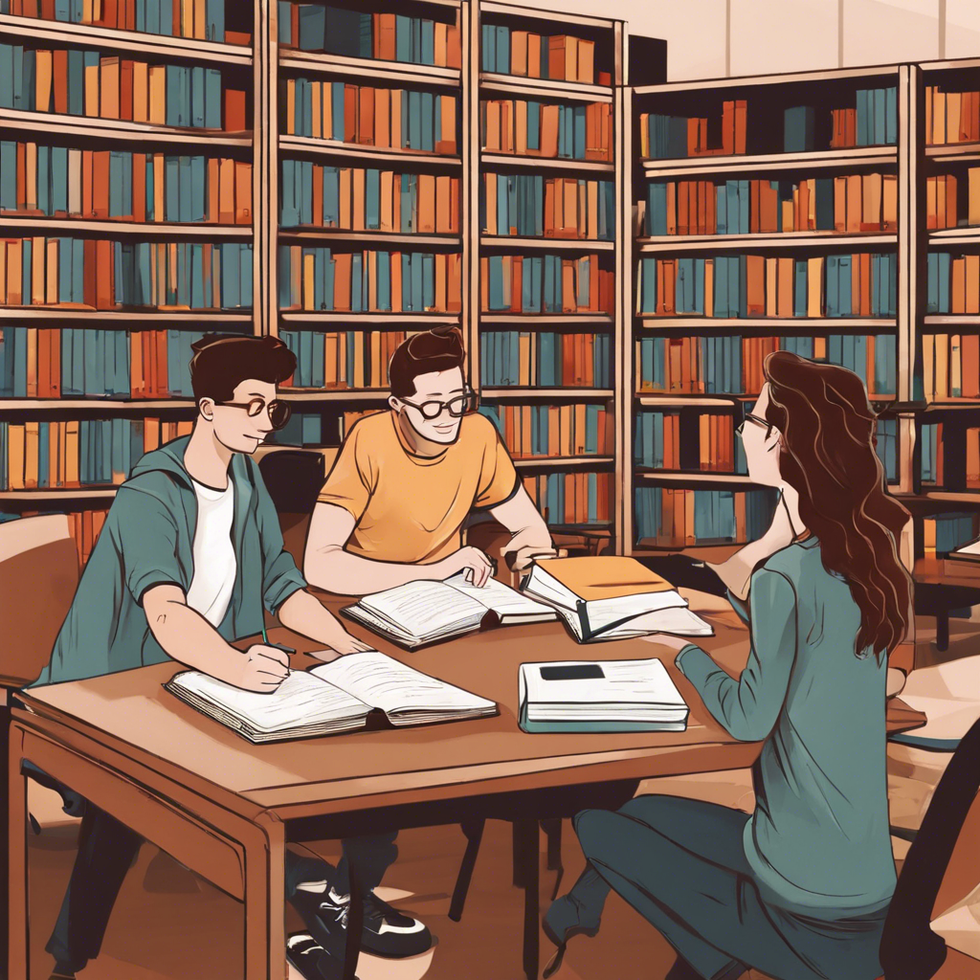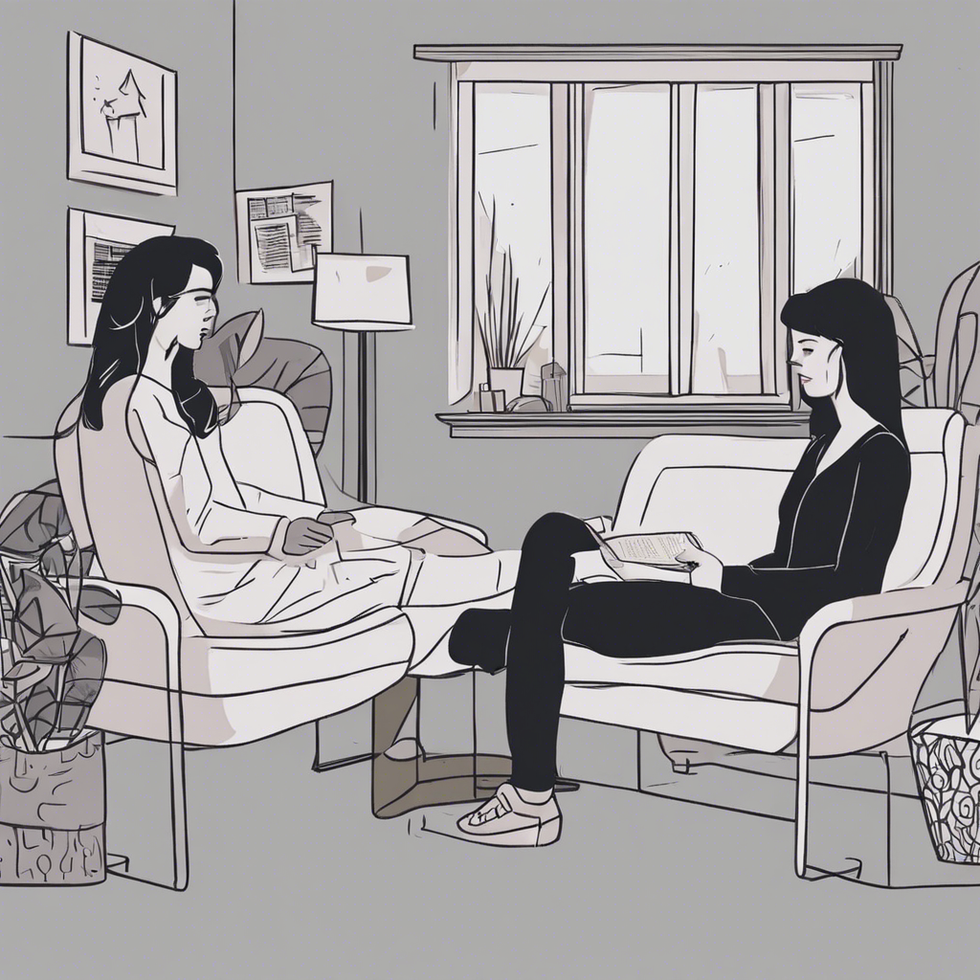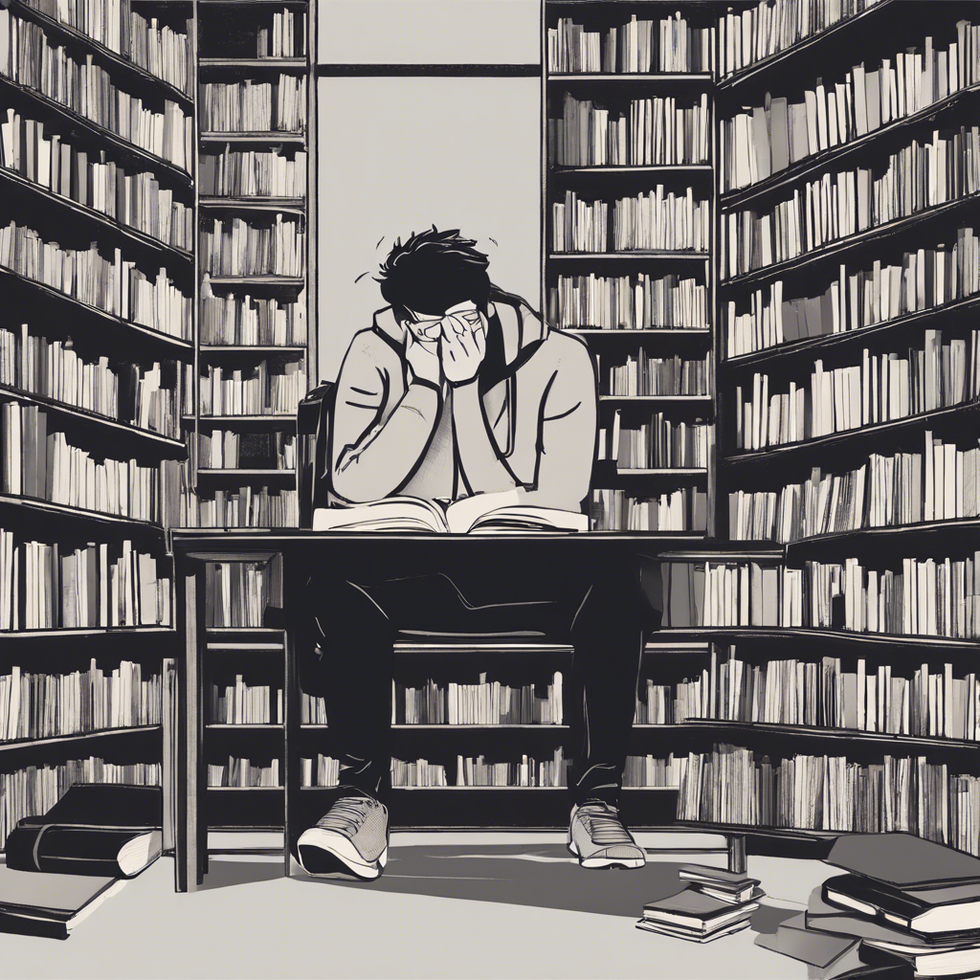The past is something that is never fluid. Most anything is set in stone once the event has passed. It does not change. The only thing that may change is our understanding of it as new evidence is brought to light. That being said there is a very valid reason for preserving those relics from the past that have survived. Unfortunately, there occasionally is a certain stigma attached to various items that are deemed worth saving. Items that are connected to war often fall into this category.
To the victor go the spoils, and the losers get the shame of having been wrong. This often means that artifacts from the losing side are gotten rid of and destroyed. Those that choose to hang on to these objects are then misconstrued of having similar values to those that held or used them to begin with. A person who collects items from Nazi era Germany might be mistaken for someone who is racist, antisemitic, or something worse. Someone who collects items from the same time period but that originated in France, Russia, or the United Kingdom they could be seen as a person who is sentimental or just wants to understand better what a family member experienced. While either of these lines of thought could be entirely true, it is most often a collection of mixed ideas that can lead to a collection of these polarized medals and artifacts.
To a college student studying history, mixed motivations for starting a collection are often the case. A personal interest in the time period is normally a given. It would be a pity to spend so much time and money tracking down something that could not hold your interest for more than a few minutes. A personal connection is another common thread. Having a family member who fought, lived through, or died during the war of interest could be a strong motivator to either avoid or gather information and objects associated with it. Other times the collector may agree with the values of the man who proudly wore the badge that now sits in your hand. It is this last that can cause offense when none is necessary if those around you assume that because you bought it you agree with what it stood for.
That is often the one stigma that never leaves. There can be a collection, but when it is viewed sometimes people cannot see past the several objects that represent the darker half of a war. For some, they can't stomach the thought. For others, they find the mere presence of such objects abhorrent. Preserving objects from the past, even those that represent two sides of a bloody war, is a worthwhile task, even if it can sometimes equate to social suicide.




 Photo by
Photo by  person holding black smartphone on white textile
Photo by
person holding black smartphone on white textile
Photo by  StableDiffusion
StableDiffusion
 Photo by
Photo by  Photo by
Photo by 
 roommate as a therapist
StableDiffusion
roommate as a therapist
StableDiffusion
 woman in white shirt eating pizza
Photo by
woman in white shirt eating pizza
Photo by  person holding remote pointing at TV
Photo by
person holding remote pointing at TV
Photo by  person holding assorted clothes in wooden hanger
Photo by
person holding assorted clothes in wooden hanger
Photo by  a couple of
a couple of  friends cleaning apartment
StableDiffusion
friends cleaning apartment
StableDiffusion
 man driving car during golden hour
Photo by
man driving car during golden hour
Photo by  bacon strips and melted cheese topped fries on oval white and blue platter with gray stainless steel forks
Photo by
bacon strips and melted cheese topped fries on oval white and blue platter with gray stainless steel forks
Photo by  selective focus photography of eyeshadow palette
Photo by
selective focus photography of eyeshadow palette
Photo by  brown wooden framed white padded chair in between green indoor leaf plants inside bedroom
Photo by
brown wooden framed white padded chair in between green indoor leaf plants inside bedroom
Photo by  women forming
women forming  taking
taking  man in red polo shirt pouring wine on clear wine glass
Photo by
man in red polo shirt pouring wine on clear wine glass
Photo by  woman in black jacket standing on road during daytime
Photo by
woman in black jacket standing on road during daytime
Photo by 
 StableDiffusion
StableDiffusion
 StableDiffusion
StableDiffusion
 student thinking i shouldnt have procrastinated all semester
StableDiffusion
student thinking i shouldnt have procrastinated all semester
StableDiffusion
 Photo by
Photo by  Photo by
Photo by  Photo by
Photo by  StableDiffusion
StableDiffusion
 StableDiffusion
StableDiffusion
 Photo by
Photo by  Photo by
Photo by 


 Lumiere figure at the Disney Store at the Ala Moana Shoppi… | Flickr
Lumiere figure at the Disney Store at the Ala Moana Shoppi… | Flickr
















